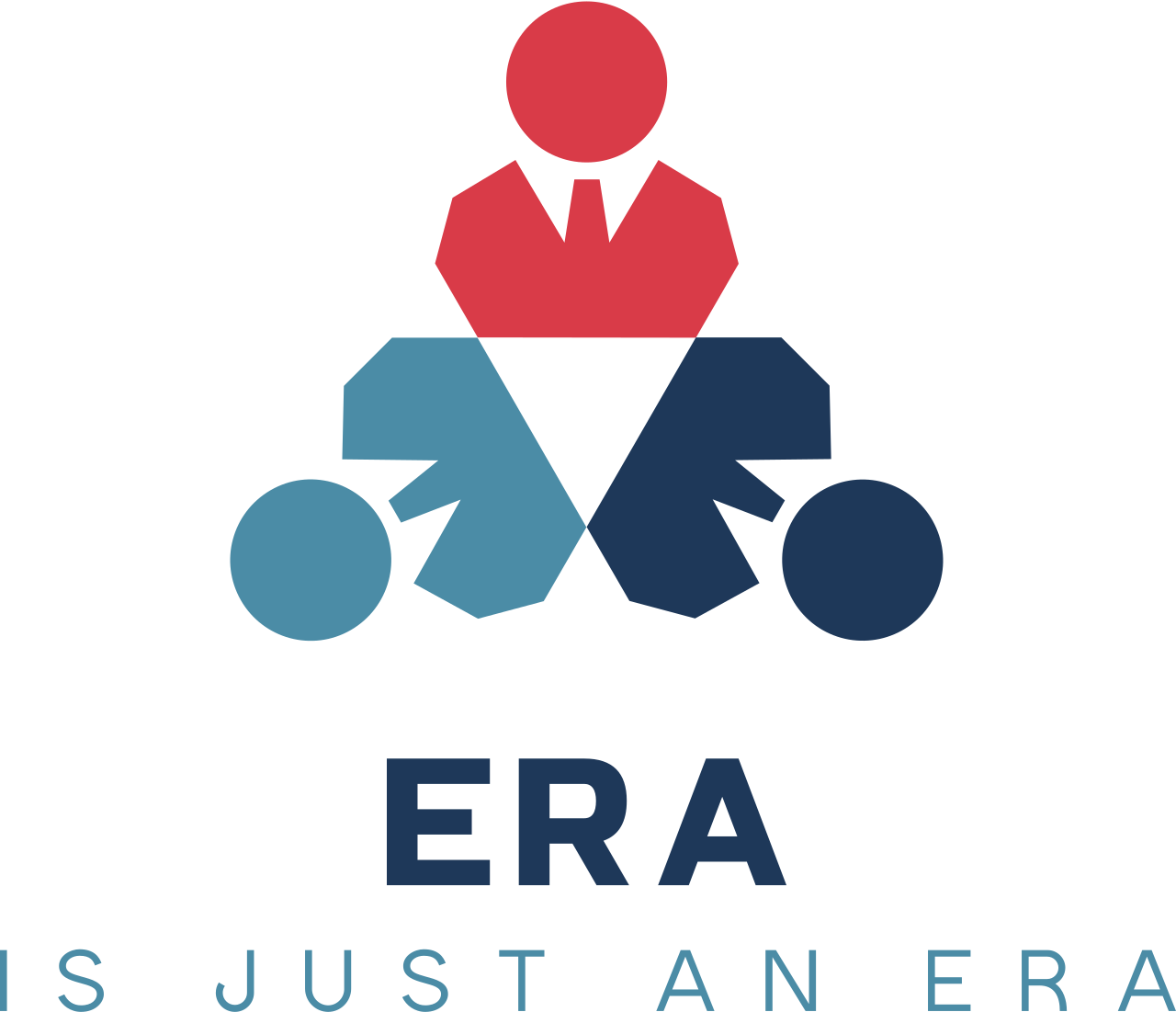Right Now, Right Here: How Neural Networks Are Redefining Humanity
FOR IT EXPERTS, PRODUCT MANAGERS, AND STUDENTS IN TECHNICAL FIELDSGOAL: Show how emotional intelligence skills enrich your work with technology and why these skills are so crucial.INTRODUCTION In an age of rapid technological innovation, professionals and students in technical domains face constant pressure to master new tools and adapt to evolving workflows. Yet alongside these demands stands a vital need for creativity, empathy, and motivation. Balancing the power of advanced technology with our uniquely human qualities can keep teams inspired and connected, preventing us from losing sight of what truly drives progress.ANDREY’S STORY Andrey once brimmed with enthusiasm, eagerly exploring new scripts, algorithms, and forum discussions. Gradually, however, he felt a growing emptiness. A fellow developer’s blunt feedback—“You talk like a program, cold and soulless”—triggered the realization that he was drifting from his own emotions. One sleepless night, Andrey dreamt of a metallic figure controlling his every move, leaving him unable to speak. Shaken awake by a friend’s call, Andrey set out into the city, noticing the sounds and scents he had nearly forgotten.Reflecting on that surreal experience, Andrey mused, “If only there were an ‘Update Emotional Intelligence’ button like on our devices—imagine reinstalling a sense of humor without the pesky bugs!” The gentle joke lightened his mood and, as it turned out, underscored a deeper truth: technology, no matter how advanced, can’t simply patch our human nature.Upon returning to work, Andrey spoke openly about his discovery: mind and heart must unite. His team began holding short weekly sessions, addressing not just project tasks but emotional dynamics too. They practiced art therapy techniques, analyzed communication styles, and encouraged honest discussions about stress or conflict. These changes reduced tensions, strengthened team bonds, and improved collaboration, demonstrating that even in tech-driven environments, embracing emotional intelligence can lead to more resilient and innovative outcomes.PRACTICAL STEPS AND TOOLS • Self-Reflection and Journaling. Keep an emotions journal to track your mindset. Rate your daily mood, explore personal challenges, and consider seeking a coach or psychologist if needed. • Short Mini-Sessions. Organize 10–15-minute weekly meetings in a relaxed space (office or online). Experiment with art therapy: for instance, create “emotional” collages or try brief visualization exercises. (Art therapy, according to the American Art Therapy Association, uses creative expression to help people recognize and manage emotions.) • Emotional Integration in Projects. Weave emotional check-ins into regular workflows—project updates, retrospectives, or planning meetings—so that emotional intelligence becomes part of daily practice. • Ongoing Feedback. Encourage constructive critiques from both peers and leadership on emotional intelligence. Open dialogue fosters empathy, trust, and timely course-correction when tensions arise. • Gradual Adaptation. Offer easier self-reflection tasks (noting just one key emotion a day) for beginners, and more involved group discussions or role-plays for advanced participants. If individuals prefer private work, assign solitary exercises; for those who seek interaction, pair or group mini-sessions can be highly effective. • Backed by Research. A 2022 report by the Institute of Corporate Psychology indicates that improving employees’ emotional well-being by 20% can lift productivity and enhance communication by 15–25%. Major tech companies like Google and Intel have seen success from specialized emotional intelligence programs, underscoring the practical benefits these skills bring to high-performing teams.KEY POINTS • Andrey’s journey—from isolation to self-awareness—reveals the power of emotional intelligence in tech settings. • True innovation arises when logic and empathy go hand in hand, ensuring that advanced tools and algorithms don’t overshadow human creativity. • Balancing cutting-edge AI with human warmth combats burnout, preserves a sense of purpose, and boosts collaboration. • Practical methods include journaling, art-therapy sessions, group reflections, and ongoing feedback channels.CONCLUSION Andrey’s crisis offers a vivid reminder that technology’s progression must remain grounded in genuine human engagement. By adopting emotional intelligence strategies—including regular feedback loops, self-reflection, and creative approaches—teams can navigate challenges without losing their humanity in the process. Ultimately, responsible AI development requires a steadfast commitment to both technical excellence and emotional wisdom.CALL TO ACTION • Make space in your projects and personal routines to build emotional understanding—through journaling, team discussions, or coaching. • Position emotional intelligence practices as integral to your workflow, not an afterthought. • Spread the word about the power of empathy, creativity, and resilience within your organization or study group, encouraging others to incorporate these principles.In doing so, you help create a future where technological breakthroughs serve and uplift our shared humanity—where every leap forward is matched by greater compassion, insight, and collaboration.
